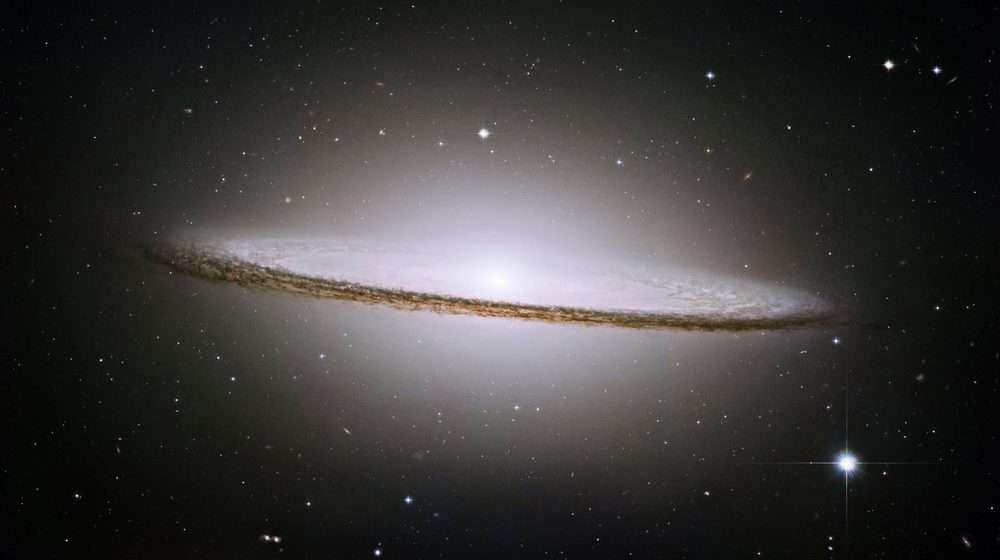The Cosmos with M104
Messier 104, a lenticular galaxy located 28 million light-years away in the constellation Virgo, now has a new chapter in its story — an extended halo of metal-rich stars with barely a sign of the expected metal-poor stars that have been observed in the halos of other galaxies.
“Also known as the Sombrero galaxy, Messier 104 has always been a bit of a weird galaxy, which is what makes it so interesting,” said Dr. Paul Goudfrooij, an astronomer with the Space Telescope Science Institute and a member of the team who observed the galaxy using the NASA/ESA Hubble Space Telescope.
“Hubble’s metallicity measurements (i.e., the abundance of heavy elements in the stars) are another indication that Messier 104 has a lot to teach us about galaxy assembly and evolution,” he added.
“The observations of the Sombrero’s halo are turning our generally accepted understanding of galaxy makeup and metallicity on its head,” said Dr. Roger Cohen, also from the Space Telescope Science Institute.
The astronomers, puzzling over the new data from Hubble, turned to sophisticated computer models to suggest explanations for the perplexing inversion of conventional galactic theory.
